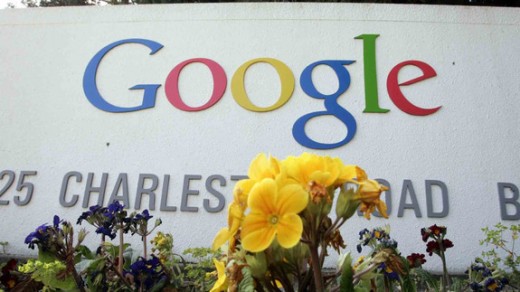rate-Fi-Fo-Fum, Google Enters The Wifi industry
Thom Forbes, (April 24, 2015)
Google (April 24, 2015) announced its long-expected wifi service — it’s known as mission Fi — at a value that observers say could put force on different carriers because it rolls out to a much broader market. presently, you need to have a Google Nexus 6 smartphone and should “request an invitation” to enroll in, however.
“The wireless challenge is the newest example of Google spreading its wings past its extremely winning online search-promoting business, specifically into internet get admission to,” write Alistair Barr and Ryan Knutson for the Wall boulevard Journal. “Google’s broader goal is to inspire people to use the web extra ceaselessly and particularly its own services.”
there is, after all, no guarantee that folks will achieve this, as individuals who have lived in Glass goggles are no doubt mindful — in particular if the provider is dependent upon the usage of Android smartphones. however there’s quite a few upside, too.
“This isn’t the primary time Google has been a disruptive agent of alternate. it’s, then again, doubtlessly one of the significant,” writes Edward C. Baig for u.s. today.
“As cellular devices regularly beef up how you connect to individuals and information, it can be crucial that wireless connectivity and conversation keep percent and be quick in all places, easy to make use of, and obtainable to everybody,” writes Nick Fox, Google’s VP of communications products, in a submit asserting the undertaking Fi.
There’s also a YouTube “behind-the-scenes” video explaining the rationale at the back of Fi.
“The gist of it is this: undertaking Fi lets you use a mixture of different cell data networks — sprint’s and T-mobile’s, for the moment — together with public and certified private wifi networks (with brought safety) to make and obtain calls, send texts, and get on-line,” reviews Matt Hamblen for Computerworld. “It mechanically and seamlessly switches between any available cell and wifi networks to give you the strongest that you can imagine sign wherever you are,” assuming there’s one available.
This “‘community of networks’ has various possible to be extra dependable. If one community has an outage, the others can serve as beef up,” writes Mario Aguilar for Gizmodo.
Fi’s general service starts at $20 a month with a further $10 for each gigabyte of data used, plus those ubiquitous taxes and costs. in the event you use less knowledge than expected, you’ll get a credit score. No contract is required.
“most likely the most important draw for Fi is that you just pay for the info you employ and nothing extra. It’s a daring wager,” observes Nate Swanner for Slashgear.
Recon Analytics analyst Roger Entner tells america today’s Baig that Google is “evidently hanging drive on each other cellular provider, even the ones they may be partnering with. it is an ecosphere-large competitors, and i believe there will be quite a few folks at present with dash or at the moment with T-mobile that would be very considering it.”
The pricing establishes a brand new benchmark “and goals the unique dangle carriers have on their clients,” write the WSJ’s Barr and Knutson after stating some hurdles mission Fi faces. “either development might prod the industry to move in directions that make provider more cost effective for purchasers.”
The hed over Lance Ulanoff’s diagnosis for Mashable reads: “venture Fi is filled with promise and questions” and he is naturally giddy in regards to the prospects of reducing what he now pays for Verizon carrier the usage of an iPhone. but some of the larger questions is when, and if, users of devices out of doors of Google’s Android device will be ready to enroll in the Fi community.
“the problem is that there is apparently some specialized SIM-level expertise that lets the Nexus 6 easily hop from sprint to T-cell to wifi and back again,” Ulanoff writes. “If other telephones need new hardware to beef up project Fi, it could be months or even years sooner than this Google project spreads past a single device.”
The Verge compares community coverage between Fi, Verizon and AT&T. There are not any surprises — the patched-collectively upstart doesn’t measure up while you eyeball the nationwide maps exceeded out by way of every of the carriers.
but “Google in reality has a beautiful great tool that allows you to drill down to your precise space and what kind of provider you can expect there,” on the other hand, write Dan Seifert and Ross Miller. Westchester County, N.Y., as an example, operates at a quick % (as a minimum in some regards); Montana now not a lot. but you knew that. Ah, Montana …
(150)














